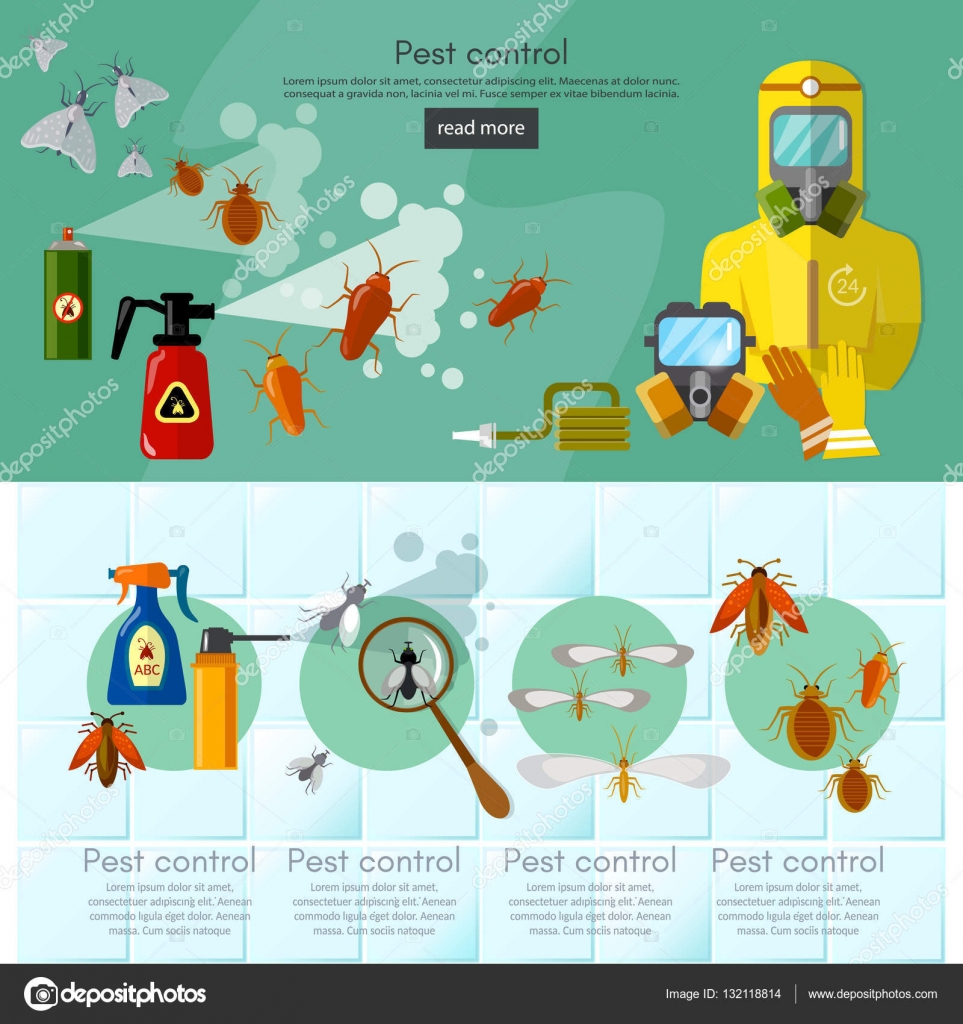Recognizing The Habits Of Typical Rodents For Effective Rodent Control
Recognizing The Habits Of Typical Rodents For Effective Rodent Control
Blog Article
Writer-Cunningham Doyle
When it pertains to rodent control, comprehending typical rodent actions is crucial to properly taking care of problems. Did you know that rats have some fascinating nesting habits that might stun you? By discovering click the up coming article , you can gain valuable understandings into exactly how to deal with rodent problems in an extra strategic and reliable manner. So, let's unravel the mysteries behind these animals' activities and learn how to outsmart them in your rodent control initiatives.
Rat Nesting Habits
When observing rats in their all-natural habitat, you'll discover that they actively choose products to build their nests. Rats, such as computer mice and rats, are resourceful creatures that make use of a variety of products like branches, leaves, paper, and fabric to construct their homes. They're precise in their nest-building process, commonly lining their nests with softer products like hair or plumes to develop a comfy setting.
Rats choose to construct their nests in concealed and safe and secure locations to protect themselves and their young from killers. Typical nesting spots include wall dental caries, attic rooms, cellars, and even within insulation products. By creating their nests in these remote areas, rats can securely raise their offspring away from potential risks.
It is essential to understand the nesting practices of rats when implementing control steps. By interrupting their nests or eliminating products, you can dissuade rodents from establishing an existence in your house or residential property. Proper cleanliness and sealing access points are additionally vital steps in stopping rodent infestations.
Rat Feeding Patterns
After observing rats' nesting habits, it comes to be apparent that their feeding patterns play a critical duty in their daily lives and habits. Rodents, including computer mice and rats, are opportunistic feeders, indicating they'll consume whatever food source is readily offered. They're mainly nighttime creatures, choosing to forage for food throughout the cover of evening to avoid killers.
Rodents have a varied diet, varying from grains, seeds, fruits, and vegetables to pests, nuts, and even small animals. This flexibility in their food options enables them to prosper in various environments, including city areas where human food sources are bountiful.
Their feeding patterns aren't only driven by cravings however also by the demand to stock food for times of scarcity. This habits is specifically recognizable to prepare for cold weather or when nesting. Rodents are understood to hoard food in their nests or burrows, making certain a constant food supply. Understanding their feeding patterns is essential in applying reliable rodent control measures to disrupt their food sources and prevent problems.
Rodent Movement and Traveling
Rats browse their surroundings with dexterity and stealth, using their eager senses to relocate promptly via their atmospheres. These animals are adept climbers, able to scale walls and upright surfaces easily. They can also press via surprisingly little openings, making it vital to seal any prospective entry factors in your house.
When it concerns traveling, rodents have a tendency to adhere to familiar paths, producing tracks along walls or skirting the edges of spaces. They're creatures of habit, often staying with these developed paths as they forage for food or discover their environments.
Rodents are understood for their nighttime behaviors, so you may hear them scampering about during the night as they search for food and water. Their motions are quick and unpredictable, allowing them to dart in and out of view in the blink of an eye.
Comprehending exactly how rodents relocate and travel can help you determine potential invasion areas in your house and take aggressive actions to stop these parasites from acquiring a footing.
Final thought
As you function to manage rats in your house, bear in mind that understanding their behavior is key. By identifying their nesting behaviors, feeding patterns, and activity, you can successfully prevent infestations.
Coincidentally, by taking positive measures to get rid of food sources and seal entry points, you can interrupt their familiar paths and require them to choose brand-new areas, inevitably reducing the probability of rodent existence in your home.
